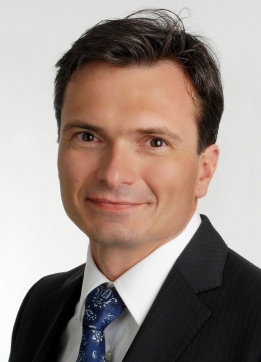|
Bildgebende Verfahren in der modernen Herzchirurgie (Dienstag, 13.30 Uhr, Schinkelsaal) |
 |
Imaging plays a prominent role in the era of minimal invasive surgery. Due to limited access and restricted tactile control, detailed information about the anatomic structures and the pathology of the target organ is required.
Since heart surgery becomes increasingly minimal invasive, several imaging techniques find their way in the operating room and hybrid OR’s are now state of the art in modern hospitals.
Cardiac imaging can be subdivided in four areas: 1) diagnostics, 2)preoperative planning and simulation, 3) intraoperative navigation, and 4) postoperative control.
Modern cardiac imaging requires a team approach of several specialities, such as radiologists, cardiologists and cardiac surgeons during the whole process from diagnostics to operation. Planning, simulation and navigation are the key issues for an adequate interdisciplinary approach to heart disease. A combination of well established imaging techniques, for example 3D-CT and SPECT, helps to understand the detailed topology and facilitates preoperative planning, especially in redo-operations. Moreover, individual custom made 3-D plastic models of the heart, created by rapid prototyping from high resolution CT scans, may help surgeons to plan procedures particularly in complex congenital heart surgery.
In the operating room 2D and 3D transesophageal echocardiography evolved to a standard examination technique during cardiac surgery. Fluoroscopy is the standard for transcatheter valve implantation (TAVI) and catheter guidance can be even more enhanced by CT based navigation techniques.
Prof. Dr. Ingo Kutschka
Universitätsklinikum Magdeburg

